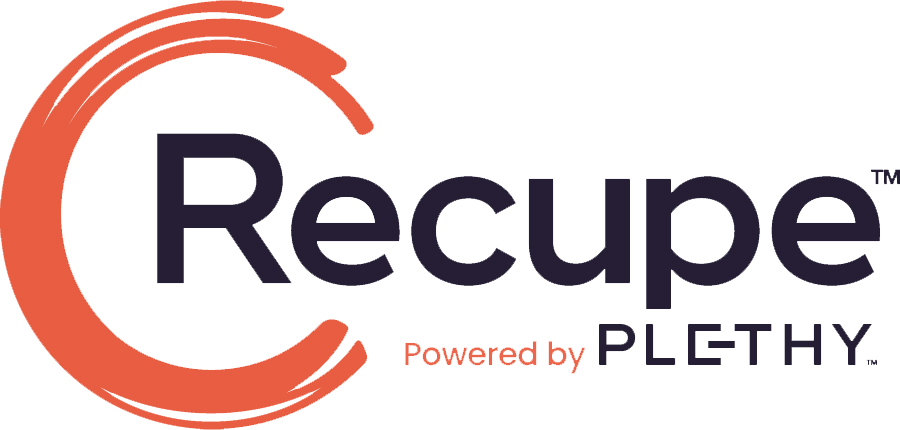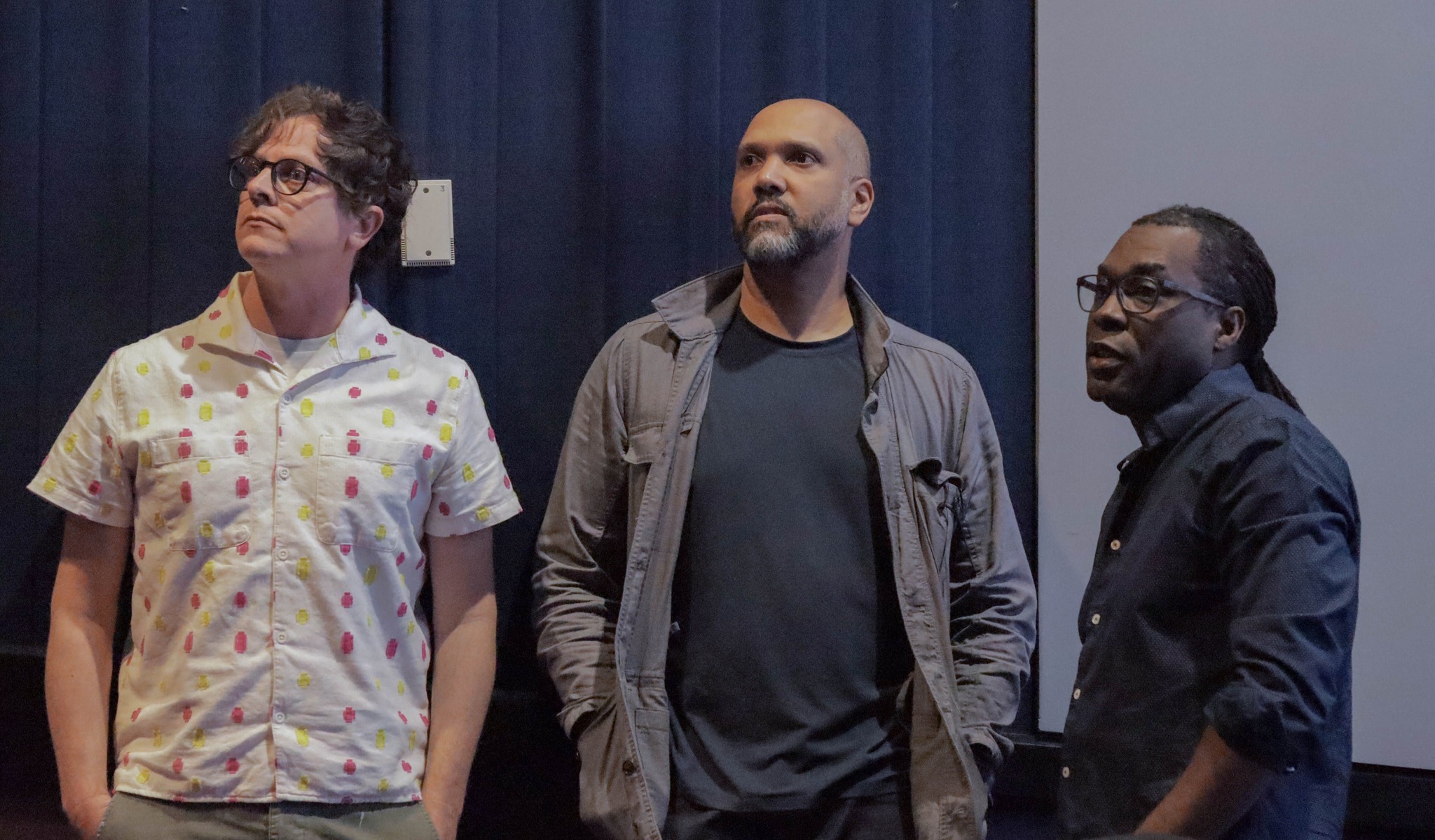Accessibility In Games: A Casualties Of Industry Downturns

Table of Contents
The High Cost of Accessibility Features
Developing truly accessible games requires a substantial investment beyond the scope of standard game development. This increased cost is often a primary reason why accessibility features are cut during economic downturns.
Development Time and Resources
Creating genuinely inclusive gaming experiences demands significant extra time and resources. This includes:
- Specialized programming: Implementing alternative input methods like switch controls, eye tracking, and voice recognition requires specialized programming expertise and extensive testing.
- Accessibility testing: Thorough playtesting with accessibility experts and disabled gamers is crucial to identify and address usability issues. This iterative process adds considerable time and cost to the development cycle.
- Multiple accessibility options: Providing multiple audio descriptions, subtitles with multiple language support, and a range of visual aids adds significantly to the workload.
- Adaptive UI/UX design: Designing a user interface (UI) and user experience (UX) that is adaptable to a wide range of needs, including varying levels of dexterity, visual acuity, and cognitive abilities, is complex and requires specialized knowledge.
Return on Investment Concerns
During economic uncertainty, companies are laser-focused on maximizing return on investment (ROI). Accessibility features, while ethically vital, may be perceived as having a lower ROI than core gameplay mechanics. This perception stems from:
- Limited market research: There's a lack of comprehensive market research quantifying the profitability of investing in accessibility features. This makes it harder to justify the expense to stakeholders.
- Niche market perception: Accessibility features are sometimes mistakenly viewed as catering to a small, niche market rather than recognizing the significant size and purchasing power of the disabled gaming community.
- Short-term focus: The pressure to deliver short-term profits often overshadows the long-term benefits of building a brand reputation committed to inclusivity and fostering player loyalty.
Impact on Player Base and Inclusivity
The decision to cut accessibility features has far-reaching consequences that extend beyond immediate cost savings.
Excluding a Significant Demographic
Omitting accessibility features directly limits the number of players who can fully enjoy a game. This exclusion affects a substantial and growing demographic:
- Untapped market: People with disabilities represent a significant and often overlooked segment of the gaming market. Ignoring their needs translates to lost sales and potential revenue.
- Brand loyalty: Failing to cater to this audience can damage brand loyalty and lead to negative word-of-mouth marketing within the disability community.
Negative PR and Backlash
Neglecting accessibility can result in significant negative publicity and a strong backlash from disability advocacy groups and gamers:
- Social media campaigns: Social media campaigns and boycotts can severely damage a game's reputation and sales.
- Regulatory scrutiny: Increased scrutiny from regulatory bodies regarding inclusivity and equal access is becoming more common.
Long-Term Effects and Solutions
While the initial cost of implementing accessibility features may seem daunting, it's a crucial long-term investment.
Investing in Accessibility as a Long-Term Strategy
Investing in accessibility is not simply an ethical imperative; it's a sound business strategy:
- Increased profitability: Accessible games can tap into a larger player base, leading to increased sales and revenue. Success stories of accessible games demonstrating high profitability should be highlighted and promoted.
- Positive brand image: A commitment to accessibility builds a positive brand image, attracting players who value inclusivity.
Collaboration and Community Involvement
Collaboration with disability advocacy groups and accessibility experts is paramount:
- Meaningful engagement: Engaging with disabled gamers throughout the development process ensures that accessibility features are truly effective and meet the needs of the players.
- Best practices: Adhering to accessibility guidelines and best practices helps ensure that games are inclusive and usable for a wide range of players.
Conclusion
Accessibility in games is not a luxury; it’s a fundamental aspect of creating inclusive and engaging experiences. While economic downturns can present challenges, prioritizing accessibility shouldn’t be sacrificed. Investing in game accessibility is a long-term strategy that benefits both players and the industry. By embracing inclusivity, game developers can broaden their audience, foster a more diverse gaming community, and build a stronger brand reputation. Demand greater accessibility in games; your voice matters!

Featured Posts
-
 En Zeki Burclar Akil Zeka Ve Basarida Oende Olanlar
May 24, 2025
En Zeki Burclar Akil Zeka Ve Basarida Oende Olanlar
May 24, 2025 -
 Explore The 2025 Porsche Cayenne High Resolution Interior And Exterior Images
May 24, 2025
Explore The 2025 Porsche Cayenne High Resolution Interior And Exterior Images
May 24, 2025 -
 M62 Manchester To Warrington Westbound Resurfacing Works And Road Closure Details
May 24, 2025
M62 Manchester To Warrington Westbound Resurfacing Works And Road Closure Details
May 24, 2025 -
 The Price Of Progress Facing Punishment For Advocating Change
May 24, 2025
The Price Of Progress Facing Punishment For Advocating Change
May 24, 2025 -
 Essen Ueberraschender Eis Favorit In Nrw Diese Sorte Liegt Vorn
May 24, 2025
Essen Ueberraschender Eis Favorit In Nrw Diese Sorte Liegt Vorn
May 24, 2025
Latest Posts
-
 Sylvester Stallone Tulsa King Season 2 Blu Ray Release Details And Sneak Peek
May 24, 2025
Sylvester Stallone Tulsa King Season 2 Blu Ray Release Details And Sneak Peek
May 24, 2025 -
 Dc Legends Of Tomorrow A Comprehensive Guide
May 24, 2025
Dc Legends Of Tomorrow A Comprehensive Guide
May 24, 2025 -
 Wrestle Mania 41 Tickets And Golden Belts Memorial Day Weekend Sale
May 24, 2025
Wrestle Mania 41 Tickets And Golden Belts Memorial Day Weekend Sale
May 24, 2025 -
 Memorial Day Weekend Secure Your Wrestle Mania 41 Golden Belts And Tickets
May 24, 2025
Memorial Day Weekend Secure Your Wrestle Mania 41 Golden Belts And Tickets
May 24, 2025 -
 Dallas Film Festival Free Movies Stars And Events
May 24, 2025
Dallas Film Festival Free Movies Stars And Events
May 24, 2025
